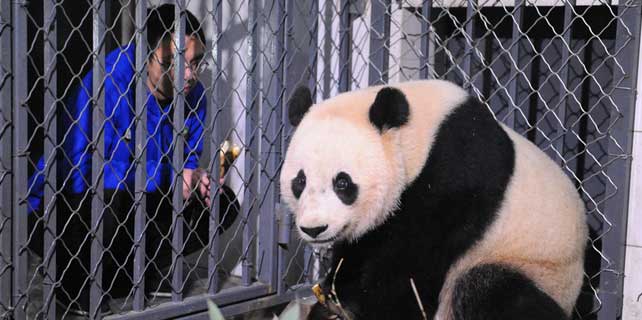7 Earth-size worlds found orbiting star, could hold life
NASA's Thomas Zurbuchen, associate administrator for the science mission, said the discovery "gives us a hint that finding a second Earth is not just a matter of if, but when," and addresses the age-old question of "Are we alone out there?""We're making a step forward with this, a leap forward in fact, toward answering that question," Zurbuchen said at a news conference.
Last spring, the University of Liege's Michael Gillon and his team reported finding three planets around Trappist-1. Now the count is up to seven, and Gillon said there could be more. Their latest findings appear in the journal Nature.
This crowded yet compact solar system - 235 trillion miles away - is reminiscent of Jupiter and its Galilean moons, according to the researchers.
Picture this: If Trappist-1 were our sun, all seven planets would be inside Mercury's orbit. Mercury is the innermost planet of our own solar system.
The ultracool star at the heart of this system would shine 200 times dimmer than our sun, a perpetual twilight as we know it. And the star would glow red - maybe salmon-colored, the researchers speculate.
"The spectacle would be beautiful because every now and then, you would see another planet, maybe about as big as twice the moon in the sky, depending on which planet you're on and which planet you look at," Triaud said Tuesday in a teleconference with reporters.
Years are exceedingly short in this star system - the planets take just 1 ? to 20 days to orbit Trappist-1.
The Leiden Observatory's Ignas Snellen, who was not involved in the study, is excited by the prospect of learning more about what he calls "the seven sisters of planet Earth." In a companion article in Nature, he said Gillon's team could have been lucky in nabbing so many terrestrial planets in one stellar swoop.






















